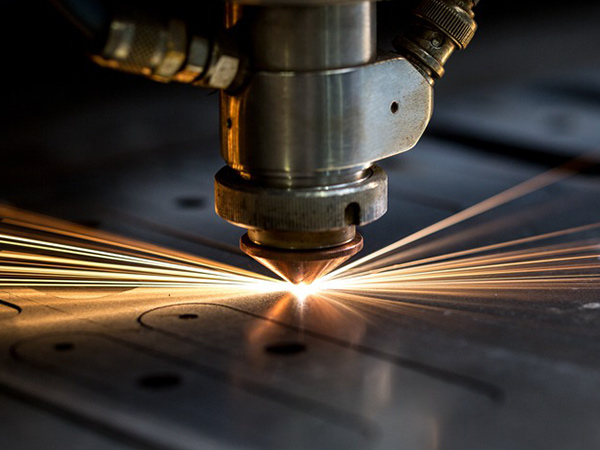What are the factors that affect laser cutting speed? Output power, cutting material, auxiliary gases and laser cooling solution. How to increase laser cutting machine speed? Opt for a higher-power laser cutting machine, improve the beam mode, determine the optimal focus and prioritize regular maintenance.
Laser cutting, known for its high speed and quality, has been widely applied across multiple fields. When users choose a laser cutting machine, cutting speed becomes a crucial consideration.
Factors Influencing Laser Cutting Speed
Firstly, the output power of the laser is a primary determinant. Generally, higher power results in faster cutting speeds.
Secondly, the type and thickness of the cutting material significantly affect cutting speed. Different metal materials, such as aluminum, stainless steel, carbon steel, copper, and alloys, vary in their absorption of laser energy. Hence, tailored cutting speeds need to be set for each material type. As material thickness increases during cutting, the required laser energy also rises, consequently slowing down the cutting speed.
Additionally, auxiliary gases impact laser cutting speed. During laser cutting, auxiliary gases are used to aid combustion. Commonly used gases like oxygen and nitrogen accelerate cutting speeds by threefold compared to regular compressed air. Therefore, the use of auxiliary gases significantly influences laser cutting machine speed.
Moreover, the operating temperature of the laser cutting machine is a critical factor. Laser cutting machines are sensitive to temperature and require stable temperature control from a laser cutting chiller unit to maintain high-efficiency operation and enhance cutting speed. Without an effective laser cooling solution, laser instability occurs, leading to decreased cutting speed and compromised cutting quality.
The Correct Setup for Laser Cutting Speed Involves:
1.Initial Speed: This is the speed at which the machine starts, and higher isn't necessarily better. Setting it too high can cause severe machine shaking.
2.Acceleration: It affects the time taken from the initial speed to the machine's normal cutting pace. When cutting different patterns, the machine frequently starts and stops. If the acceleration is set too low, it slows down the machine's cutting speed.
How to Increase Laser Cutting Machine Speed?
Firstly, opt for a higher-power laser cutting machine suitable for your needs. High-power machines provide faster cutting speeds and better cutting quality.
Secondly, improve the beam mode. By adjusting the optical system to enhance beam quality, the laser beam becomes more focused, thereby enhancing laser cutting precision and speed.
Thirdly, determine the optimal focus for efficient laser cutting. Understanding the material thickness and conducting trials can help pinpoint the best focus position, thereby boosting laser cutting speed and accuracy.
Lastly, prioritize regular maintenance. Consistent cleaning and maintenance of the laser cutting machine ensure its smooth operation, reduce faults, enhance cutting speed, improve production efficiency, and significantly prolong machine lifespan.

We're here for you when you need us.
Please complete the form to contact us, and we'll be happy to help you.
Copyright © 2025 TEYU S&A Chiller - All Rights Reserved.